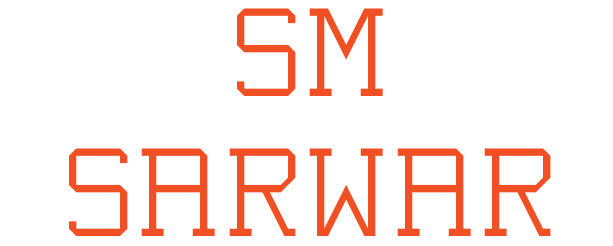
Technical Blog 01 – Difference between blockchain and digital signature

Personal Blog 17 – নির্ভুল ভাবে ভারতীয় ভিসার জন্য আবেদন পূরণ
December 22, 2022
Technical Blog 02 – Mac Hard Disk use from Command Line
December 22, 2022Blockchain
Blockchain is a list of records which are linked using cryptography. Each block contains within cryptographic hash of the previous block, timestamp and transaction data. Blockchain is a decentralized, distributed and public digital ledger. A blockchain database is managed autonomously using a peer-to-peer network and a distributed timestamping server.
Digital Signature
Digital signatures have one of the main aspects of ensuring the security and integrity of the data that is recorded onto a blockchain. They are a standard part of blockchain protocols, mainly used for securing transactions and blocks of transactions, transferral of information, contract management and any other cases where detecting and preventing any external tampering is important. Digital signatures utilize asymmetric cryptography, meaning that information can be shared with anyone, through the use of a public key.

Digital signatures provide three key advantages of storing and transferring information on a blockchain. First of all, they guarantee integrity. Theoretically, data that is being sent can be altered without necessarily even being seen by a hacker. However, if this does happen in the case of data that is accompanied by a digital signature, the signature would become invalid. Therefore digitally signed data, that is encrypted, is not only safe from being seen but will also reveal if it has been tampered with, cementing its incorruptibility.
Digital signatures not only secure data but also the identity of the individual sending it. Ownership of a digital signature is always bound to a certain user and as such, one can be sure that they are communicating with whom they intend to.

